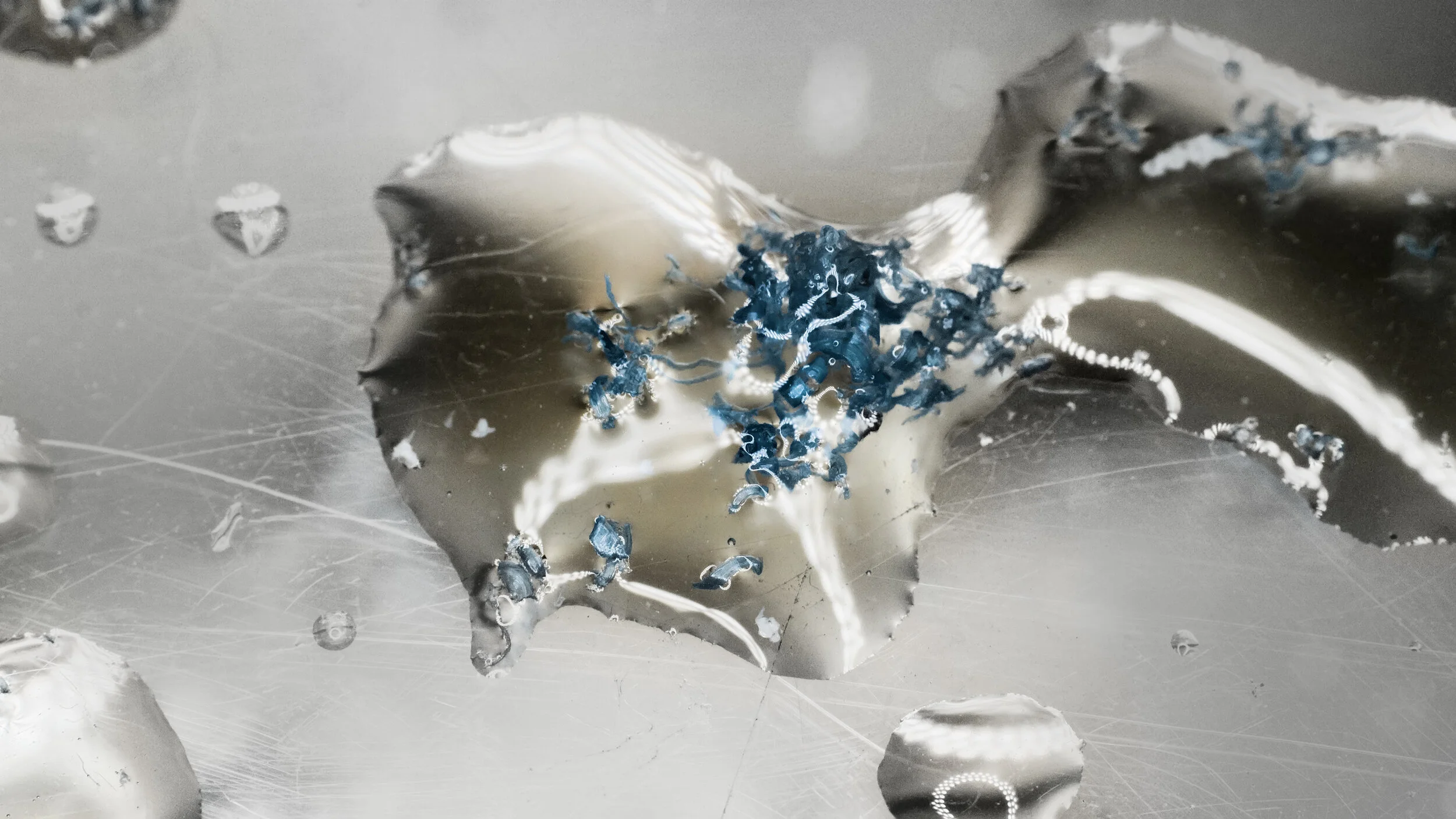Microplastics: The Plastic You Don’t See
Many of us use plastics on a daily basis as it’s found in everyday goods - our clothing, technology, or household products usually some sort of plastic polymer. The unfortunate reality though is that manufacturers and consumers didn’t prepare themselves for the effect that plastics would have on our society today. It’s common knowledge that plastics are produced from petroleum, which is known to pollute the air, water, and soil, yet recent studies are finding that even after disposal, plastics are finding their way back into our ecosystems in smaller particles called microplastics.
Plastic debris found in ocean litter.
Scientists discovered that fish and marine birds are ingesting plastic, and even the smallest of sea creatures, the zooplankton, have been found eating small plastic particles which would in turn, go up in the food chain (Forbes). Eating these plastic particles leads to malnutrition and death for many of these animals, and if you’re a seafood lover, there is a high likelihood that there are microplastics in your fish as well. A study conducted in Germany claims that microplastics are 4 to 23 times more concentrated on land as well. As these plastics degrade and become smaller, they are also more likely to release their chemical additives, such as BPA, which is known as a hormone disruptor, and even found to block blood flow in various species that have been affected by plastic pollution.
Microplastic particles in a drop of water.
What are microplastics and where are they coming from?
Microplastics are produced from larger pieces of plastic, which break into tinier and tinier particles due to photodegradation and friction. This can come from shedding of any plastic items, from auto tires, plastic packaging, or even the clothes you wear. Diving deeper into fabrics, our clothing is often made of plastic polymers (60% of all clothing produced today) - if you’ve ever looked at a clothing tag, you may notice materials such as polyester, nylon or acrylic, which are made from petroleum. When put into a washing machine, small threads and particles will rub off, creating additional fabric microplastics that are far too small for water treatment plants to filter out (Vox).
Food packaging and products are another microplastic culprit, and can very easily leach into food. As the plastic packaging rubs against the foods, it generates small plastic particles which may end up on your dinner plate. Even if you’ve stocked up on reusable grocery or produce bags, the best selling ones are made from polyester or nylon fibers, which will also rub small plastic particles into your food.
Or perhaps you love making nut milks and coffee, and have a nut milk bag? Straining bags are often made from nylon or polyester materials, and strain plastic bits right into your almond milk or coffee. Many tea bags are also made with plastics instead of paper, or a blend of the two. You might’ve been to a Starbucks cafe where they’ve put a triangular shaped tea bag into your cup, which is made of nylon or PET. Unfortunately, studies are revealing that these “ tea bags release billions of microscopic plastic particles when steeping in hot water, according to...researchers at Montreal's McGill University” (USA Today).
How to reduce your microplastics
To minimize your creation and consumption of microplastics, for clothing, continue to wear your synthetic pieces until they break down, but place those clothing items in a microplastic capturing washing bag which collects microfibers in the wash. You can take the small particles out and dispose of them in the waste bin instead. There are also microfiber filters which you can install to your washing machine - similar to the washing bag, you will need to remove the microfibers out from the filter for proper disposal. When it’s time to look for new clothing, opt for natural fabrics such as cotton, linen, wool or silk, which are often higher quality and longer lasting.
For food, consider buying groceries with less packaging, bringing your own reusable containers or reusable organic cotton muslin bags to purchase from bulk sections. When shopping for produce, opt for farmers markets that often have produce without plastic, and bring your reusable mesh organic cotton produce bags as an alternative to one time use plastic bags often found. Storing produce in these breathable bags also keeps your food staying fresher for longer.
And of course, make the switch to organic cotton straining bags for your coffee, nut milks, and teas. Bring your own jar to a local store to stock up on raw nuts, bulk coffee or tea leaves, and brew your hot morning drink for the cooler weather without the microplastics. Simple Ecology has a range of various sizes for the largest batches of nut milks, to a smaller size for a cup of soothing tea.
Check out our latest video about the microplastic particles found in tea!






